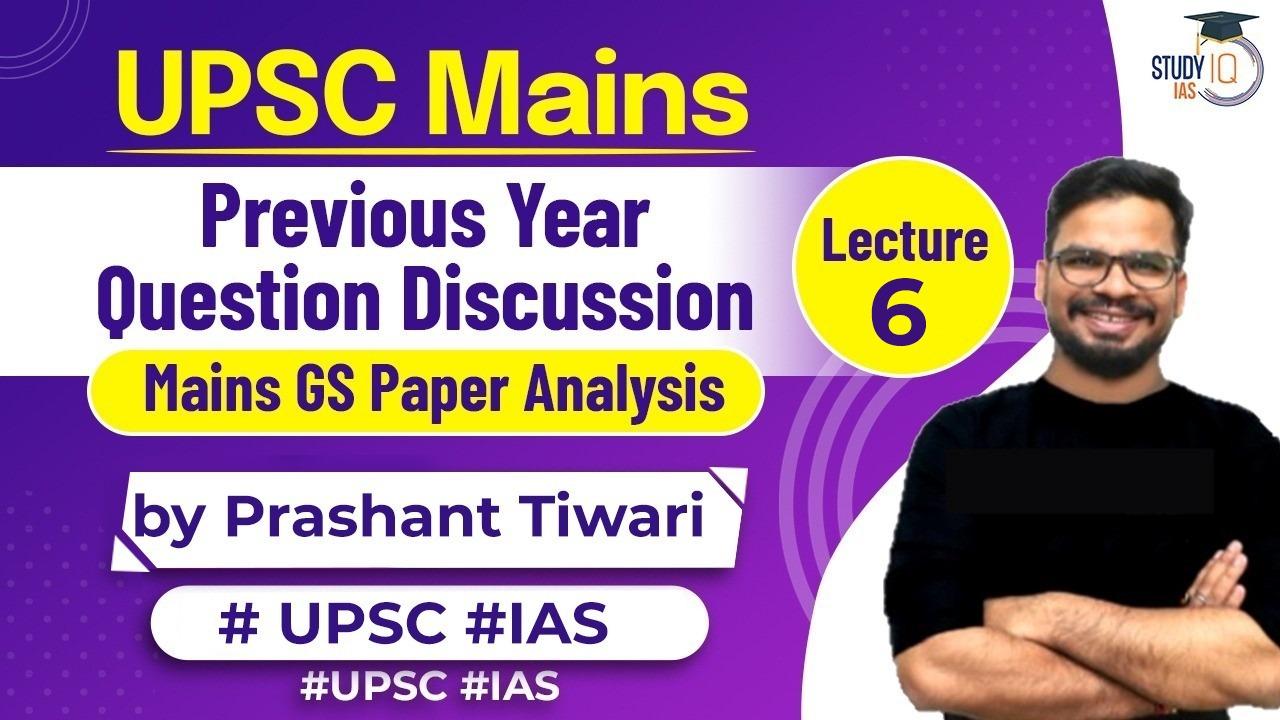Q.) Trace the rise and growth of socio-religious reform movements with special reference to Young Bengal and Brahmo Samaj. (Answer in 150 words) (10)
Q.) यंग बंगाल और ब्रह्म समाज के विशेष संदर्भ में सामाजिक–धार्मिक सुधार आंदोलनों के उदय और विकास का पता लगाएं।
General Studies-I : (Indian Heritage and Culture, History and Geography of the World and Society)
Brahmo Samaj:
- Founded by Raja Ram Mohan Roy with aim to worship the eternal God.
- Focused on prayers, meditation and reading of the scriptures.
- Attacked social evils like superstitions, casteism and untouchability.
- Worked for respectable status of women.
- Just centered in Calcutta.
Young Bengal Movement:
- A young Anglo-Indian, Henry Vivian Derozio (1809-31) was the leader and inspirer of this progressive trend.
- French Revolution was inspiration to the youth.
- Supported women’s rights and education.
- Carried forward Ram Mohan Roy’s tradition of public education on social, economic and political questions.
- Way ahead of its time
- Socio-religious reform movements arose in India during 19th century not only facilitated by but also as a reaction to colonial rule, after the establishment of British political supremacy in India. Young Bengal and Brahmo Samaj represent two important points of these reformist movements.
- The rise and growth of socio-religious reform movements in India can be traced in following points:
- People from elite class who were educated through modern English education provided the backbone of religious reform movements. For example, Raja Ram Mohan Roy, the founder of Brahmo Samaj.
- Radical intellectual movement inspired by the French revolution emerged under Derozio as Young Bengal movement. It challenged orthodox restrictions on diet and social interactions and promoted free thinking, rationality, questioning the authority and ideals of liberty, equality and freedom.
- Work of Missionaries was crucial in spreading alternate system of education, which would soon become mainstream.
- Orientalism was pursued to understand local culture, but it soon drew antagonism and disgust for native traditions in face of superiority of the colonial class and its culture.
- Hegemony of ideas like monotheism and cultural backwardness of Indian society paved way for prescription of new norms in public culture about rituals, conditions of women etc.
- Colonial support for individual reformists, common class-interests between the prospering Zamindars and the British, creation of a public sphere of debate through influence of Derozio’s Young Bengal completed the rise of socio-religious reform movements of 19th century.
- Socio-religious reforms were a reaction against colonial judgement and native backwardness. The movement arose and declined, but with lasting impact on society and the public sphere of ideas.
Download | Free PDF






















 WhatsApp
WhatsApp